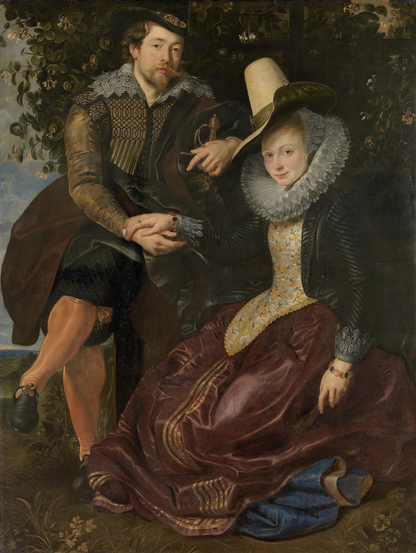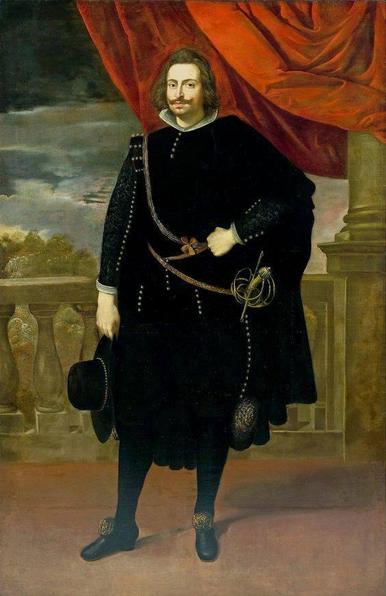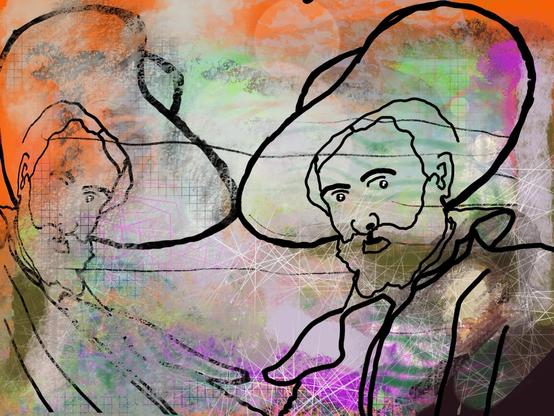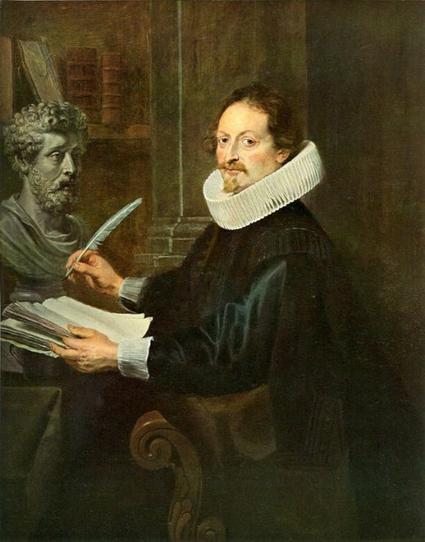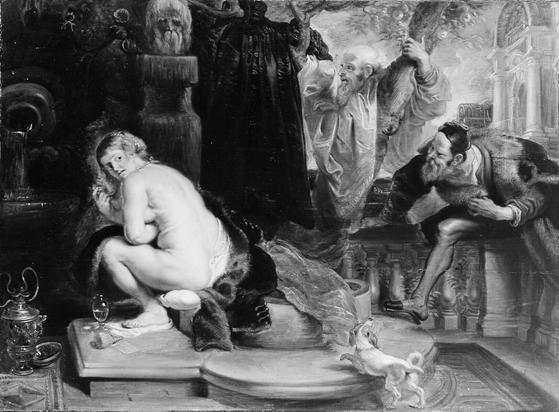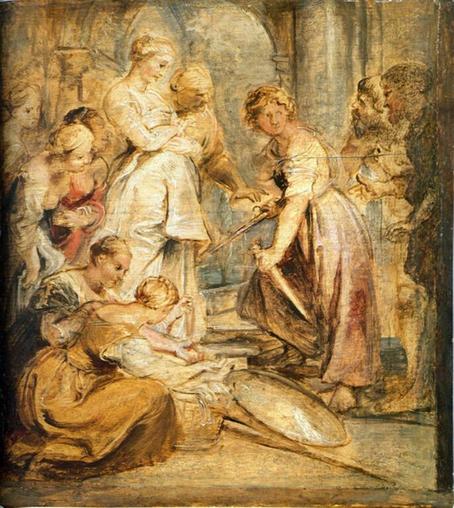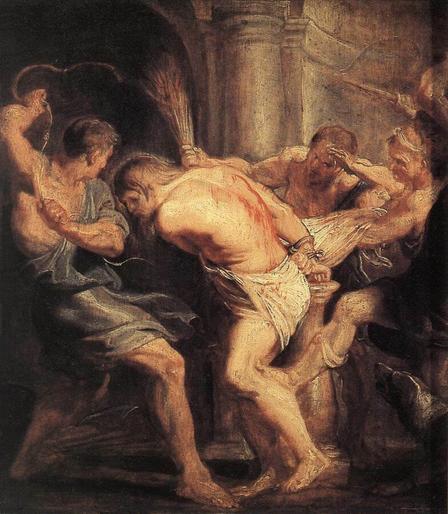Art and mythology converge in the timeless tale of Paris and the Golden Apple. The mythological narrative, filled with divine intrigue and mortal choices, has inspired countless artistic interpretations across various mediums, resonating through the ages as a testament to the enduring allure of classical mythology. The tale of Paris and the golden apple remains a central theme in classical mythology, serving as the catalyst for one of the most renowned conflicts in ancient literature.
The Myth and the Painter, Peter Paul Rubens
Peter Paul Rubens’s interpretation of Paris and the Golden Apple is famously depicted in the painting, “The Judgement of Paris,” completed around 1638. This iconic artwork portrays the mythological tale of Paris, a Trojan prince, tasked with judging the beauty of three goddesses: Hera, Athena, and Aphrodite. Rubens’s masterpiece showcases his mastery of colour, composition, and emotion, capturing the pivotal moment of Paris awarding the golden apple to Aphrodite. The painting is renowned for its portrayal of classical mythology and its enduring influence on later artists, making it a significant contribution to the artistic interpretations of this timeless myth.
The Judgement of Paris: Peter Paul Rubens, Public domain, via Wikimedia Commons
The National Gallery Restores “The Judgement of Paris” by Peter Paul Rubens
The National Gallery has recently completed the restoration of Peter Paul Rubens’s renowned masterpiece, “The Judgement of Paris.”
Rubens’s extraordinary portrayal of classical mythology has been meticulously revitalized, allowing visitors to experience the full brilliance of his mastery in colour, composition, and emotion. The restoration has breathed new life into this timeless depiction of divine intrigue and mortal choices, reaffirming its status as a significant contribution to the artistic interpretations of classical mythology.
I invite you to experience the restoration process via The National Gallery’s video, Uncovering Restoration Secrets of Ruben’s “The Judgement of Paris”.
The Judgement of Paris and the Apple of Discord
The myth of the golden apple, often referred to as the “Apple of Discord,” is a well-known story from ancient Greek mythology. In retaliation for not being invited to the wedding of Peleus and Thetis (parents of Achilles), Eris, the goddess of discord, tossed a golden apple inscribed with the words “To the fairest one” into the midst of the wedding festivities. This seemingly innocuous act sparked a heated dispute among the goddesses Hera, Athena, and Aphrodite.
Zeus, unwilling to arbitrate the dispute, tasked Paris, a Trojan prince, with the responsibility of judging the beauty of the three goddesses, knowing that his decision would lead to unforeseen consequences. In return for different promises and bribes, the goddesses attempted to influence Paris’ decision.
Paris, swayed by Aphrodite’s promise of the love of the most beautiful mortal woman, Helen of Sparta, awarded her the golden apple. This fateful choice set off a chain of events that led to the abduction of Helen by Paris, triggering the legendary Trojan War as the Greeks sought her return.
The Aftermath of Paris’s Judgement
The aftermath of the Judgement of Paris reverberates throughout ancient mythology, shaping the course of history and the fates of mortals and gods alike. Following Paris’ decision to award the golden apple to Aphrodite, the consequences unfolded dramatically.
Aphrodite, compelled to fulfill her promise to Paris, orchestrated the abduction of Helen, the renowned daughter of Zeus and Leda. This act served as the catalyst for the legendary Trojan War, as the Greek forces, led by King Menelaus, launched a monumental military campaign to retrieve Helen from Paris’s grasp. The scale of the conflict was so vast that it famously involved a fleet of a thousand ships, forever immortalizing the tale through the words of epic poets and storytellers.
Paris’s judgment perpetuated the enduring enmity of both Hera and Athena, who staunchly opposed his decision and sided with the Greeks during the Trojan War. Their involvement in the conflict would significantly impact its progression and outcome, as the besieging Achaean force at Troy received divine intervention and support.
While it is tempting to speculate whether a different judgment by Paris could have altered the course of history, the ancient narrative hints at a predestined path. The intricate interplay between mortal decisions and divine designs underscores the timeless significance of the Judgement of Paris, resonating across myth, literature and art as a pivotal moment that set the stage for monumental events in ancient Greek mythology.
https://chasingart.com/2024/07/12/mythology-in-art-the-judgement-of-paris-by-peter-paul-rubens/
#FridayPainting #GLAM #MythologicalArt #PeterPaulRubens #TheJudgementOfParis #TheNationalGallery
